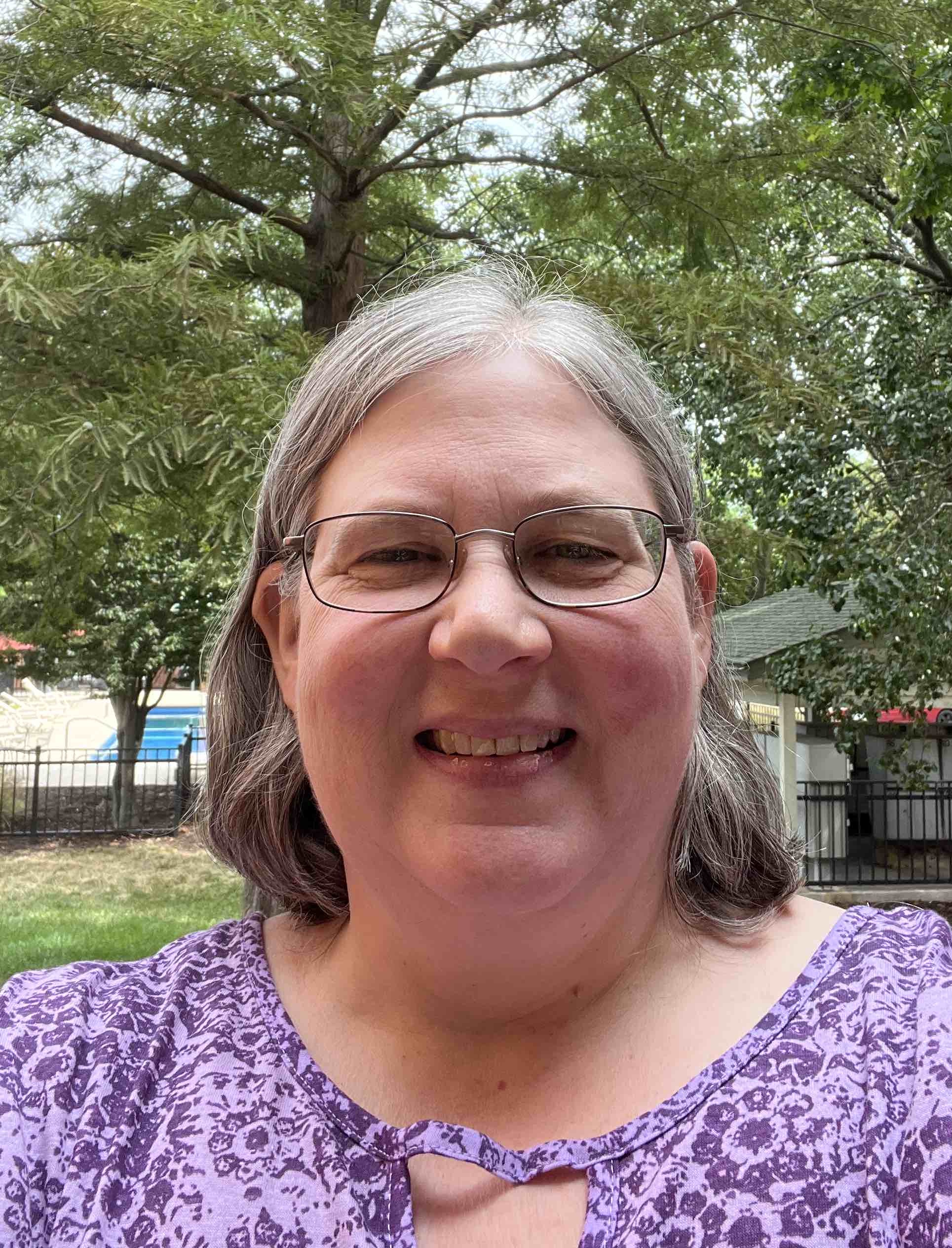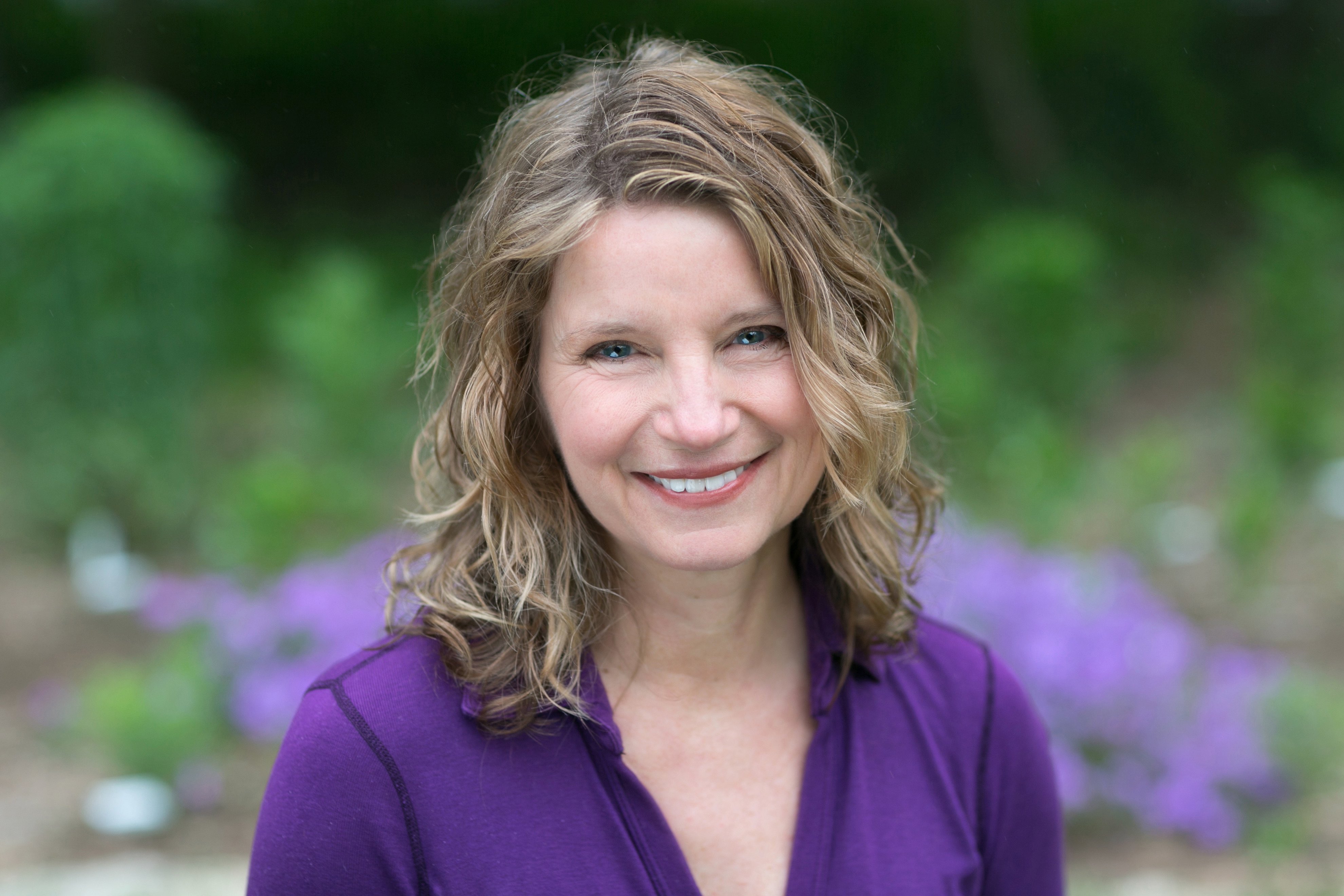MU’s English department offers both a wide range of courses in Victorian Studies and a particular concentration on Victorian visual culture.
Faculty Overview
Nancy West’s teaching and research span a wide range of areas, including film and television adaptations of nineteenth- century novels, the intersections between Victorian literature and the visual arts, and the histories and theories of nineteenth-century photography. Elizabeth Chang’s research centers on nineteenth-century literature of the British Empire and literature of the global environment, especially literature, botanical, and material culture exchanged between Britain and China. Her teaching includes these areas as well as many varieties of Victorian fiction, including Victorian sensation, adventure, scientific romance and detective fiction, fiction for and about children, Gothic literature, and the writings of Charles Dickens.
Both Chang and West offer courses on the Victorian novel in its many varieties, including adventure fiction, detective fiction, and children’s fiction, as well as courses on Victorian periodical culture, poetry, and more. Elisa Glick, whose primary interest is in Gender Studies, also offers courses in the fin-de-siecle.


